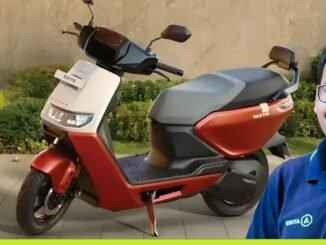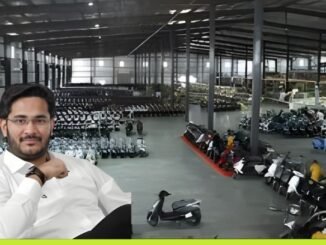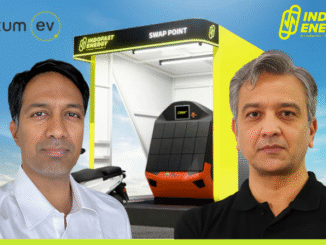
Honda’s Current EV Focus: Electric Scooters Lead the Way
Honda Motorcycle & Scooter India (HMSI) has clarified its near-term electric vehicle strategy in India by focusing exclusively on electric scooters for the moment, instead of launching electric motorcycles right away. The brand’s popular electric scooters such as the Activa e: and QC1 are the primary models driving Honda’s electric two-wheeler business today, targeting urban commuters with features like swappable batteries and affordable pricing.
Honda has introduced these electric scooters in key cities like Bengaluru, Delhi, and Mumbai, with prices starting from around ₹90,000 to ₹1.17 lakh (ex-showroom), making them accessible options for customers transitioning to electric mobility. These models are supported by new care packages and expanding charging and battery swapping infrastructure, enhancing customer convenience.
Dedicated Electric Motorcycle Plant in India Planned for 2028
Looking further ahead, Honda Global has announced plans to establish a dedicated electric motorcycle manufacturing facility near Bengaluru, scheduled to become operational around 2028. This plant will focus on producing modular battery-powered electric motorcycles, supporting Honda’s global ambition to deliver a broad lineup of up to 30 electric vehicles worldwide by 2030.
The new facility will utilize a modular platform that allows flexibility in designing multiple models by tweaking battery modules and frame components, aiming for cost-effective and efficient production. This evolution prepares Honda to compete aggressively in the electric motorcycle segment once the Indian market matures, and consumer demand rises.
Why No Electric Motorcycles Yet? Market Preferences and Phased Strategy
Honda executives have explained that the Indian two-wheeler market and consumer behavior currently favor electric scooters over motorcycles, largely due to ease of use, urban riding patterns, and price sensitivity. Therefore, the company is adopting a phased approach, starting with strengthening its electric scooter portfolio before entering the competitive electric motorcycle segment.
This strategic direction also aligns with Honda’s global plans to balance internal combustion engine (ICE) motorcycles with EVs, aiming to maintain strong profitability while gradually shifting towards carbon-neutral technologies by the 2040s.
Expanding Production Capacity & Global Electrification Ambitions
In addition to the EV roadmap, Honda continues to expand its internal combustion motorcycle production in India. The company is adding a fourth production line at its Gujarat plant, boosting capacity by 650,000 units annually from 2027, solidifying India as a global production hub.
Globally, Honda plans to introduce 10 new electric two-wheelers by 2025, covering scooters, motorcycles, and fun electric models, backed by innovations such as solid-state batteries and battery sharing services. India will play an important role in this transition, especially when the upcoming dedicated EV plant is commissioned.






